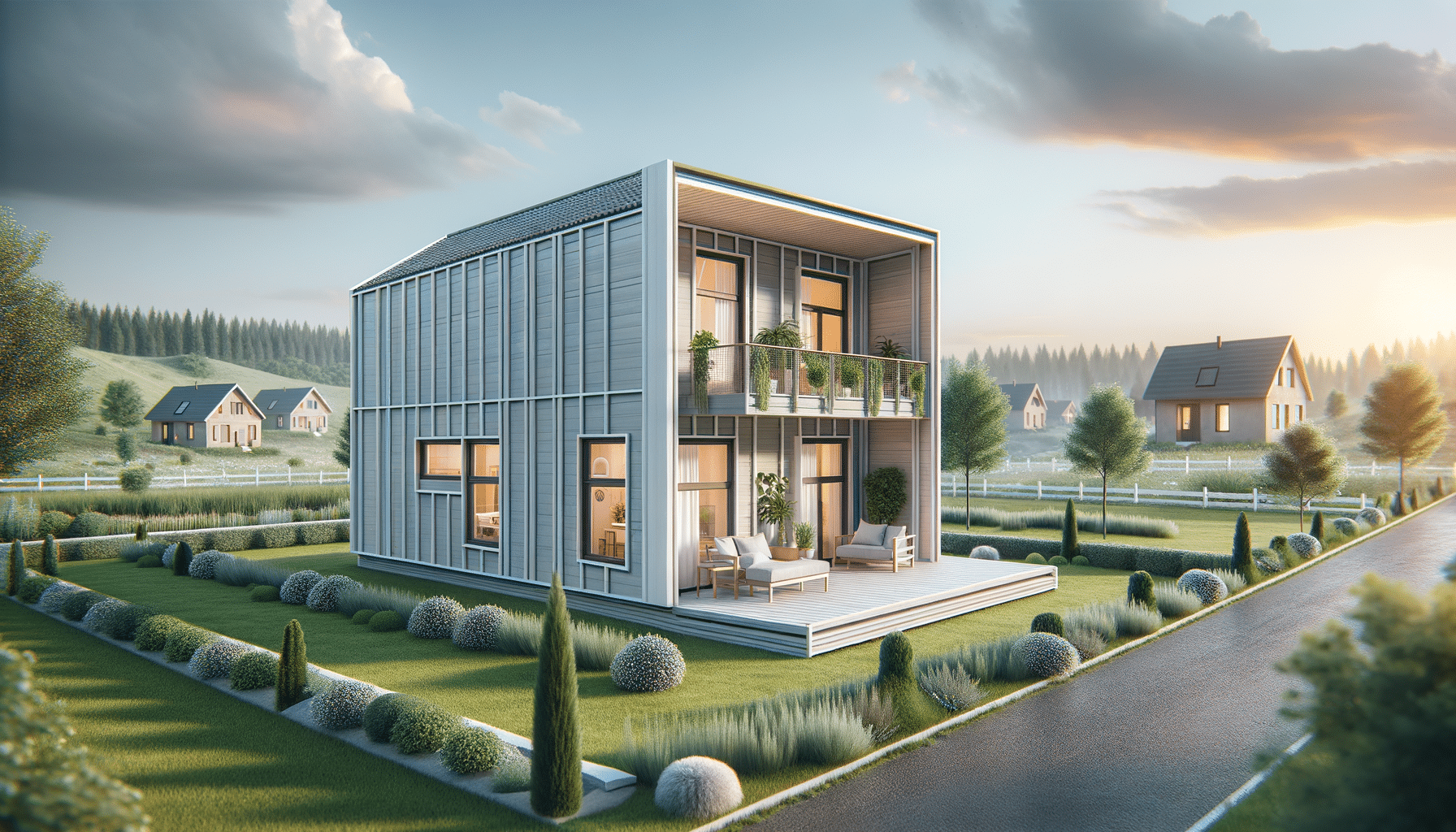
Prefabricated Homes
Introduction to Prefabricated Housing
In recent years, the concept of prefabricated housing has gained considerable traction as an affordable and efficient solution to the growing demand for sustainable living spaces. Prefabricated homes, often referred to as prefab homes, are constructed off-site and then transported to their final location for assembly. This method of construction offers numerous benefits, including reduced construction time, cost savings, and minimal environmental impact. In this article, we will explore the various aspects of prefabricated housing, examining why it is becoming a popular choice for homeowners and developers alike.
The Affordability Factor
One of the primary reasons for the increasing popularity of prefabricated housing is its affordability. Traditional construction methods can be costly, with expenses ranging from materials to labor. Prefabricated homes, on the other hand, benefit from economies of scale. Since components are manufactured in a factory setting, bulk purchasing and streamlined processes reduce costs significantly. Additionally, the controlled environment of a factory minimizes waste and allows for precision in construction, further driving down expenses.
Moreover, the reduced construction time associated with prefabricated homes translates to lower labor costs. Traditional builds can take months, if not years, to complete, while prefabricated homes can be assembled in a matter of weeks. This efficiency not only saves money but also allows homeowners to move in sooner, reducing the financial burden of temporary housing.
Another financial advantage is the predictability of costs. With prefabricated homes, the price is often fixed at the outset, avoiding the common problem of budget overruns seen in traditional construction projects. This transparency and predictability are appealing to both first-time buyers and seasoned investors.
Efficiency and Speed of Construction
The efficiency of prefabricated housing is not limited to cost savings. The speed of construction is another compelling factor. As components are manufactured in a factory, weather conditions do not impact the building process, unlike traditional construction sites that are susceptible to delays due to rain, snow, or extreme temperatures.
Once the prefabricated components are ready, they are transported to the site for quick assembly. This process can be likened to putting together a giant puzzle, where each piece is designed to fit perfectly with the others. The precision of factory production ensures that components meet high standards of quality and safety.
This efficiency also extends to resource usage. Prefabricated homes often use sustainable materials and energy-efficient designs, which contribute to a smaller carbon footprint. The reduced waste generated during the manufacturing process is another environmental benefit, making prefabricated housing a suitable choice for eco-conscious consumers.
Design Flexibility and Customization
Contrary to popular belief, prefabricated homes offer a high degree of design flexibility and customization. While the term “prefabricated” might conjure images of uniformity, modern prefab homes can be tailored to meet individual preferences and needs. From layout to finishes, homeowners have the opportunity to personalize their living spaces.
Manufacturers offer a variety of design options, ranging from minimalist and contemporary styles to traditional and rustic aesthetics. This variety ensures that prefabricated homes can blend seamlessly into different environments, whether urban, suburban, or rural.
Moreover, advances in technology have enabled the integration of smart home features into prefab designs. Homeowners can opt for energy-efficient systems, automated controls, and sustainable technologies, enhancing the functionality and convenience of their homes.
The Future of Prefabricated Housing
The rise of prefabricated housing is not just a passing trend; it is poised to play a significant role in the future of the construction industry. As urbanization continues to increase, the demand for affordable and efficient housing solutions will grow. Prefabricated homes offer a viable solution to this challenge, providing quality housing in a fraction of the time required by traditional methods.
Governments and developers are recognizing the potential of prefabricated housing to address housing shortages and affordability issues. Incentives and policy support are being introduced in various regions to encourage the adoption of prefab construction.
As technology advances, the capabilities of prefabricated homes will only expand. Innovations in materials, design, and manufacturing processes will continue to enhance the appeal of prefab housing, making it an attractive option for a wide range of consumers.
In conclusion, prefabricated housing represents a shift towards more sustainable, efficient, and affordable living solutions. Its growing popularity is a testament to its ability to meet the needs of modern society, providing a promising outlook for the future of home construction.


